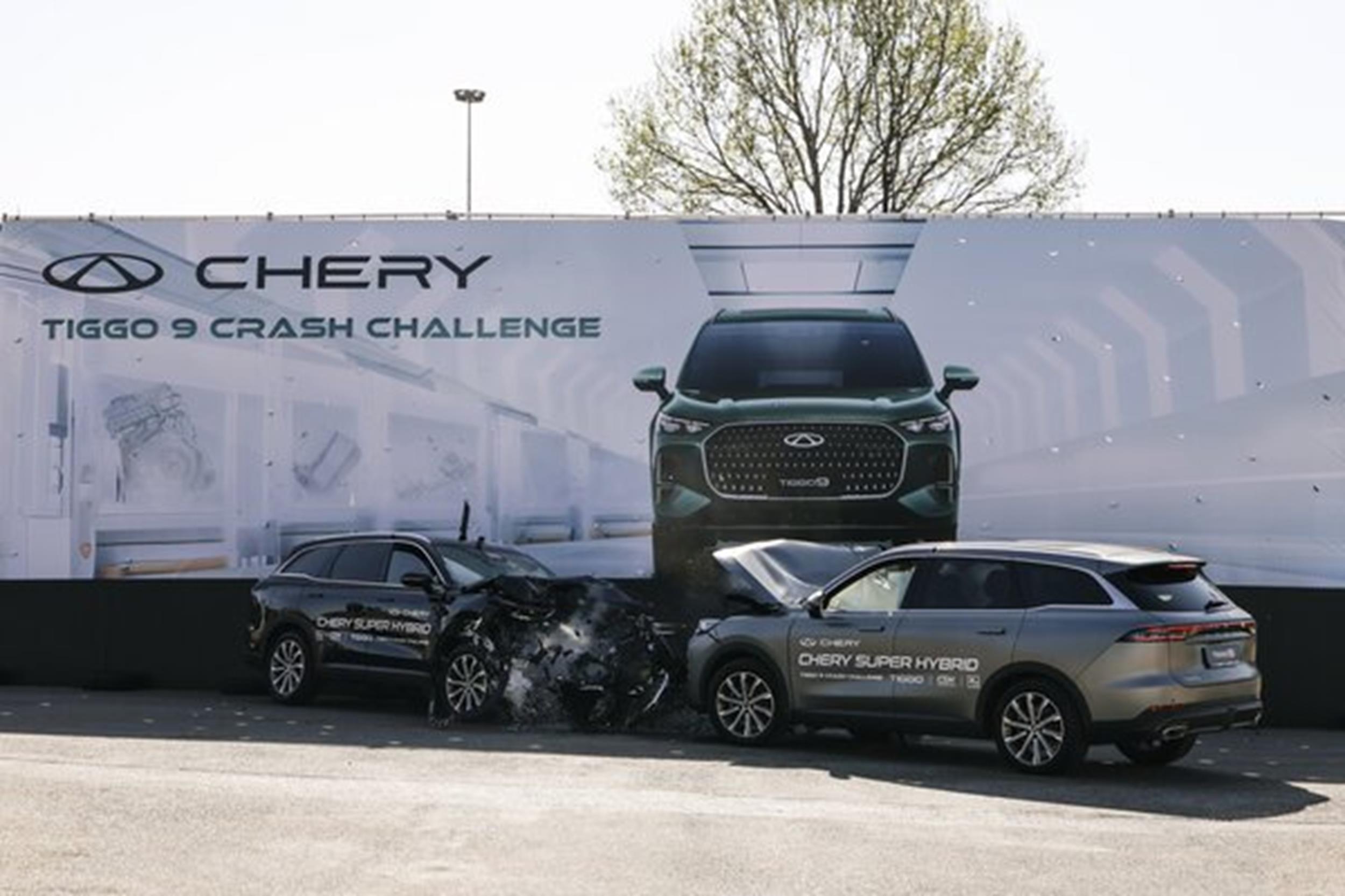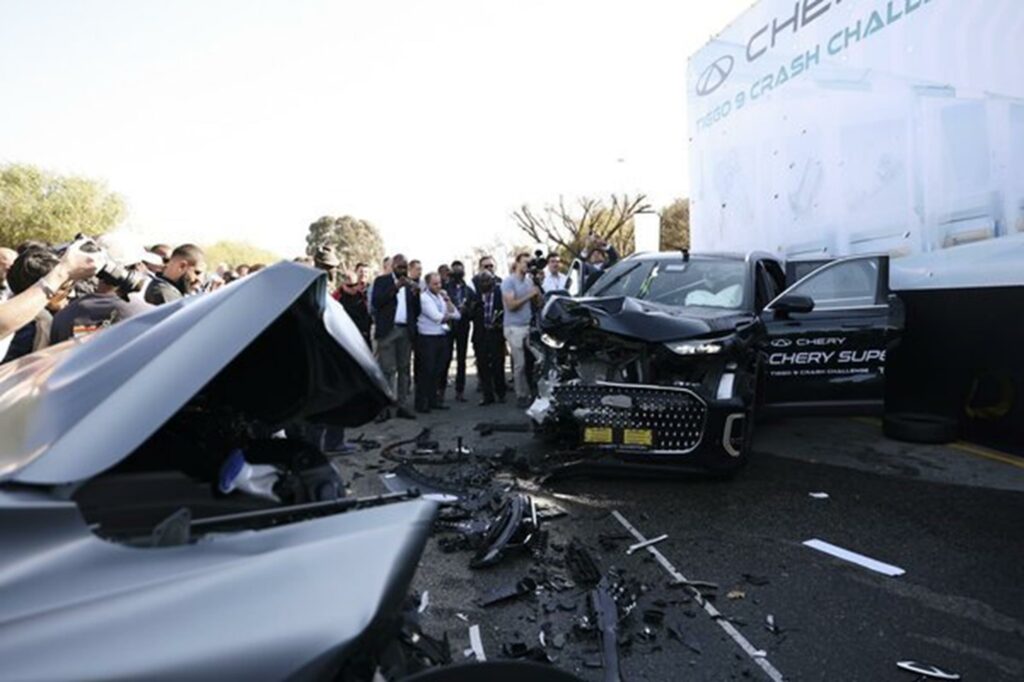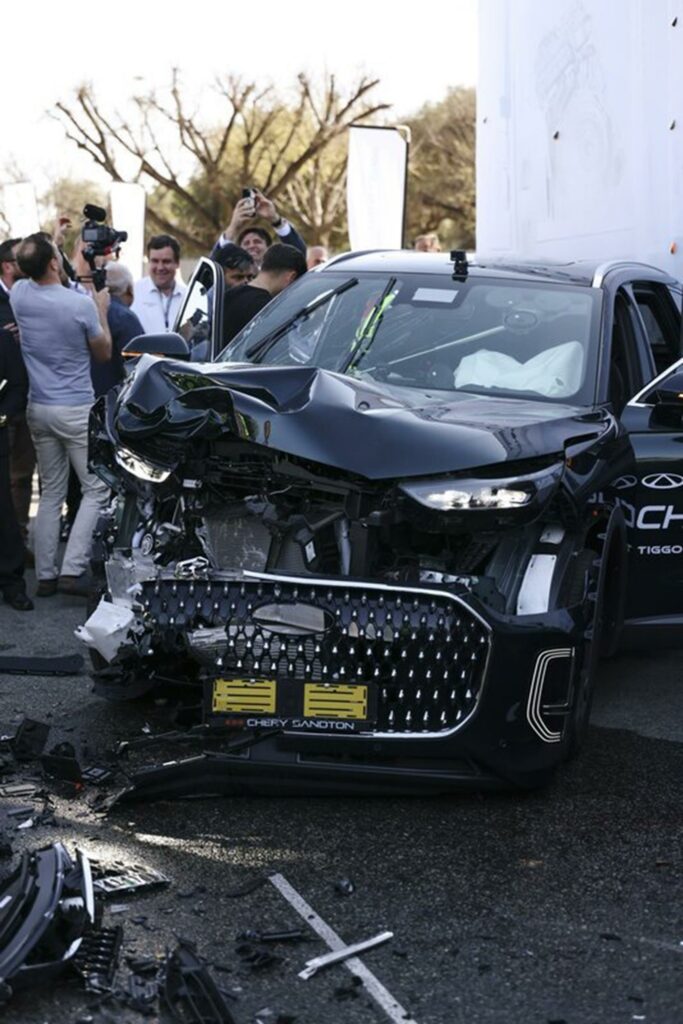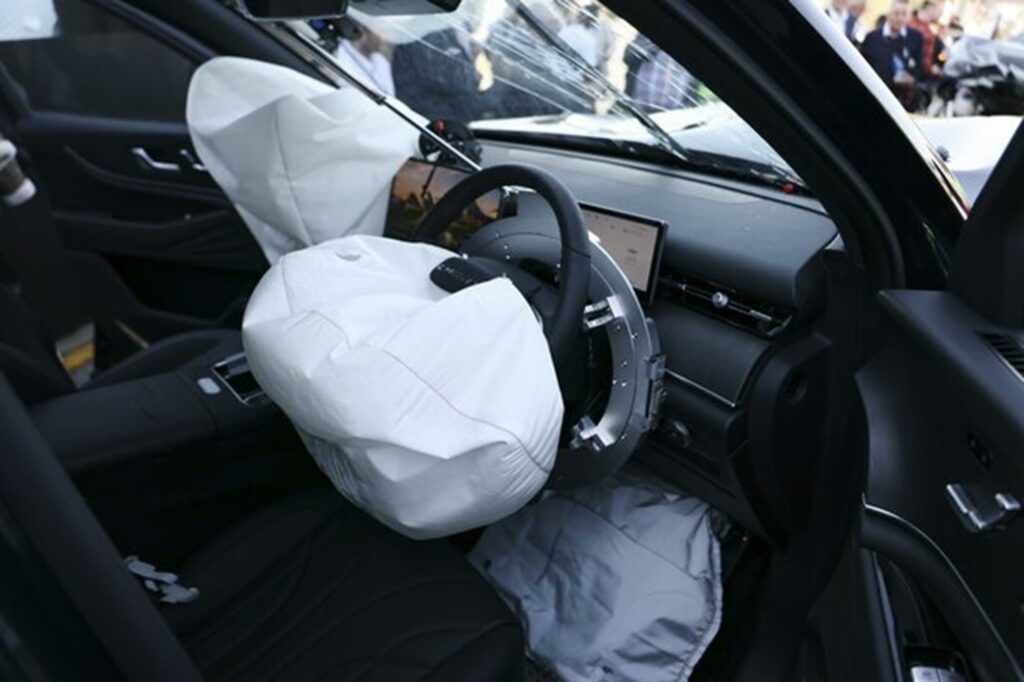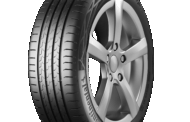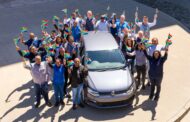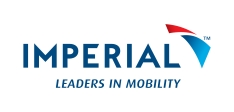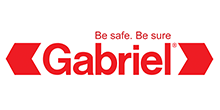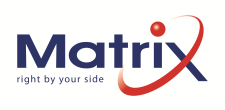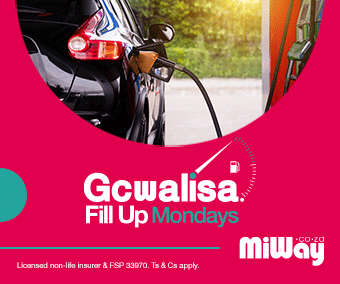Chery has made history in South Africa by successfully conducting Africa’s first real-world dual-vehicle collision test. On 20 August, two Tiggo 9 SUVs collided in a controlled 50% offset head-on crash while travelling at 50 km/h. The demonstration was designed to prove that the Tiggo 9 delivers world-class protection in one of the most dangerous accident scenarios on the continent.
Unlike conventional single-vehicle barrier tests, a dual-vehicle crash scenario places far greater stress on both of the vehicles. This is because energy is distributed between two moving masses rather than being absorbed by a static wall. For South African motorists, this test is particularly relevant: research shows that head-on collisions in the country occur more frequently and have a higher fatality rate than the global average.
Verene Petersen, National Brand and Marketing Manager at Chery South Africa, notes that the dual-vehicle crash test was more than just a technical trial. “It represented a milestone in African automotive safety – the first of its kind, carried out in a country where road safety is an urgent priority.
“South Africans deserve proof, not promises. By bringing this pioneering test to Johannesburg, we wanted to show that Chery vehicles can stand up to the toughest real-world challenges. The Tiggo 9 protected its passengers exactly as designed, and that gives families real confidence when they choose our brand.”
During the test, the two Tiggo 9 SUVs crashed into each other head-on at 50 km/h. Instead of hitting squarely, they collided with only half of their front ends overlapping – replicating one of the most common and dangerous types of accidents. High-speed monitoring confirmed that the Tiggo 9 cabins remained completely intact, with zero deformation of the A-, B-, or C-pillars.
All the restraint systems worked as intended. The driver and passenger airbags deployed instantly, along with the driver’s knee airbag. The seatbelt pre-tensioners engaged seamlessly, reducing occupant movement and ensuring that crash forces were absorbed by the strongest parts of the vehicle’s body. Importantly, the fuel system stayed completely sealed, with no risk of post-impact fire.
Even more significant was what happened after the crash. All four doors could still be opened normally, providing easy access for emergency services. The hazard lights activated automatically, warning approaching drivers and reducing the risk of secondary collisions.
The Tiggo 9 has been engineered to meet global five-star safety standards, and this test provided visible proof. Its structure is made up of 85% high-strength steel, the highest proportion in its class. Of this, 21% is hot-formed ultra-high-strength steel rated at 1,500 MPa, reinforcing critical load-bearing areas such as the A- and B-pillars.
The front end employs a dual aluminium-alloy anti-collision beam system, 140 mm in height and covering 85% of the vehicle’s width. Six additional energy-absorbing crash boxes are strategically placed to dissipate impact forces. Together, these design elements ensure that energy is channelled away from the passenger cell, preserving survival space.
Beyond the robust structure, the Tiggo 9 showcased the value of its 10-airbag system. The long 2,060 mm curtain airbags stretched from A- to D-pillar, protecting all outboard passengers and retaining over 50% pressure even six seconds after deployment. This prolonged inflation helps reduce injuries in cases of rollover or multi-impact crashes.
A far-side airbag, positioned between the driver and front passenger seats, was also triggered. This innovative feature prevents secondary collisions between occupants during side impacts or severe swerves – technology that is still rare in the SUV segment.
Chery describes safety as “the ultimate luxury”. This principle is evident in the way the brand subjects its vehicles to rigorous global testing. In recent years, Chery has immersed batteries in seawater in Indonesia, conducted high-altitude scraping tests in Mexico, and now carried out Africa’s first dual-vehicle crash test in South Africa.
The objective is not to stage publicity stunts but to address user concerns across every driving environment – heat, cold, humidity, rough terrain, and high-speed highways.
Chery is pairing its technical leadership in the field of safety with social responsibility initiatives. Just a day after the Johannesburg test, the company co-hosted the “Champion for Education in Africa” forum with UNICEF, bringing together government agencies, NGOs, and industry leaders to discuss children’s education on the continent.
Plans are also underway to launch a Hope Primary School donation programme in South Africa, underscoring the company’s “In Africa, For Africa” strategy that extends beyond products into communities.
Chery’s international growth has been rapid. In 2025, the company became the first Chinese automaker to export more than five million vehicles. It also secured a place on the Fortune Global 500 list, demonstrating that its technology and quality standards are being recognised worldwide.
Against this backdrop, the Tiggo 9 is positioned as a global flagship. Unveiled at the Burj Khalifa in Dubai last year, it embodies Chery’s evolution from being merely a manufacturer to becoming an automotive company that sets global technology standards.
The Johannesburg crash test cemented that reputation. Instead of relying only on technical sheets or laboratory data, Chery brought its safety promises onto a real road in full view of local experts, media, and the public.
“By subjecting two of our own vehicles to a collision under such demanding conditions, we have reinforced Chery’s core belief that true safety is proven in practice, not claimed in brochures,” notes Petersen.
“The Tiggo 9 emerged from the test with its passenger cabins intact, its systems working as intended, and its promise to protect families fulfilled. For South Africa – and for Africa as a whole – this demonstration has set a new benchmark for transparency, engineering confidence, and consumer trust,” she concludes.

